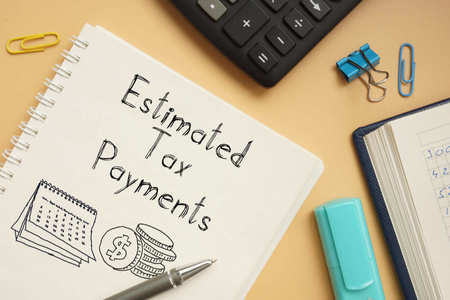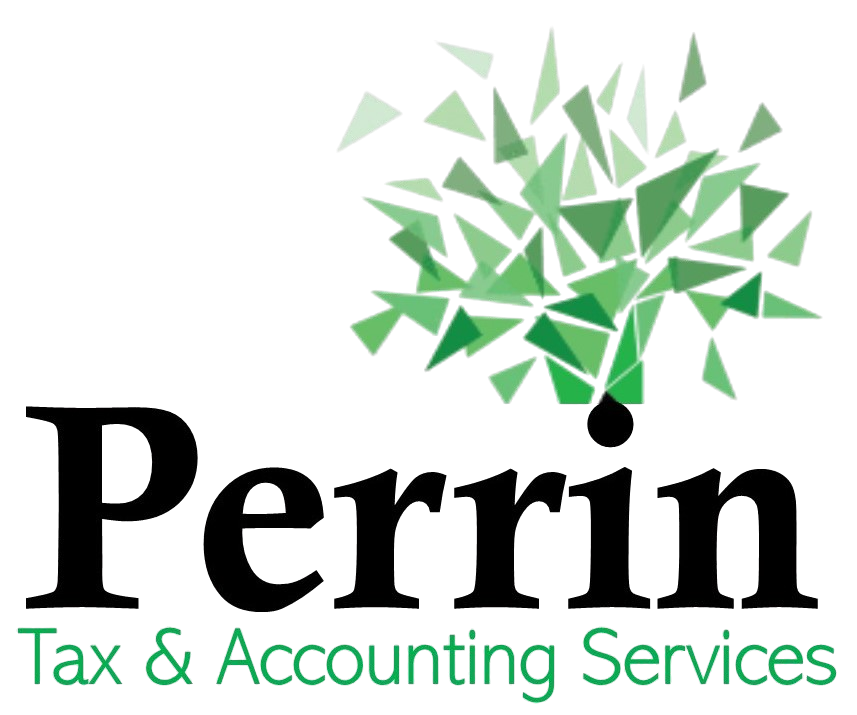
If you’re a business or self-employed, you have to deal with estimated tax payments. These are used to pay alternative minimum tax, income tax and self-employment tax. Many people find estimated tax payments to be a nuisance, and they wonder if they are mandatory. The fact is, the IRS is within its rights to penalize taxpayers who miss estimated tax payments, so it’s worth the time to fully understand what estimated tax payments are, and your obligations for payment.
What Are Estimated Tax Payments?
Estimated tax payments are payments made to the IRS and state tax departments throughout the year on income that isn't subject to withholding. This typically includes income from self-employment, business earnings, interest, rent, dividends, and other sources.
The U.S. income tax system is a pay-as-you-go system, meaning taxes must be paid as you earn or receive income during the year. If you don't have enough tax withheld, such as is the case with a traditional paycheck, or if you don't make the appropriate estimated tax payments on money you earn elsewhere, you could face a penalty for underpayment at the end of the year.
Who Has to Make Estimated Tax Payments?
If you earn money that doesn't already have tax payments taken out of it, then chances are you have to make estimated tax payments. This includes small business owners, gig economy workers, freelancers and even side business hustlers. It also specifically includes:
-
S corporation shareholders
-
Sole proprietors
-
Partners
-
Individuals as noted above
If the expected tax due by the filing deadline is at least $1,000, then estimated tax payments have to be made. In the case of corporations, the minimum is $500, not $1,000.
Now, some of these may go unnoticed by the IRS for a while, such as gig economy workers and side business hustlers, but once the IRS catches up, penalties will follow unless estimated tax payments have been made.
Who is Exempt From Making Estimated Tax Payments?
If you meet all three of the following conditions, you’re exempt from making estimated tax payments:
-
You were a resident alien or U.S. citizen for the entire tax year
-
You did not owe any taxes the previous year
-
Your prior tax year encompassed 12 months
How and When Are Estimated Tax Payments Made?
Estimated taxes are paid on a quarterly basis, so they happen four times a year. Each period has its own due date. The date of the postmark is considered the date of payment. However, most people make their estimated tax payments online, since it’s more efficient, easier and more secure. This is done using the EFTPS system, which is online. Corporations don’t have a choice; they must utilize the EFTPS system.
Note that if the due date for a period falls on a weekend or legal holiday, the due date becomes the next day that isn’t a weekend or legal holiday. So, if the due date is a Sunday, the due date becomes Monday. If the due date is Memorial Day, the new due date is the next day, which would be a Tuesday.
If, for any reason, you don’t wish to wait until the end of the quarter to pay your estimated taxes, you can pay more often using the EFTPS system. They can be made weekly, bi-weekly or monthly, if that fits in better with your budget. As long as the total due is paid by the quarterly deadline, all is well.
Penalties Regarding Underpayment or Nonpayment of Quarterly Taxes
Many people don’t realize it, but they may incur a penalty for underpayment or nonpayment of estimated taxes even if they end up getting a tax refund at the end of the year. Again, this relates to the pay-as-you-go system of U.S. taxes. But this is a legal option that isn’t always enforced.
If you owe less than $1,000 in taxes, or if you paid at least 90% of your taxes, the IRS may forgo issuing a penalty. However, it’s best not to take that chance, and just pay the estimated taxes as required because, yes, they are required.
Tips to Make Estimated Tax Payments on Time
Making estimated tax payments on time comes down to being organized. But here are some tips to make it easier.
1. Hire a CPA
When you have a CPA working for you, you don’t have to think about estimated tax payments. They can send you the payment coupon with the due date on it, to which you attach a check and mail. Or, your CPA can mail the check for you with your permission. Or, your CPA can access your EFTPS account online and take care of the payments for you throughout the year and email you the confirmation. It’s all part of the service that a CPA can provide.
2. Mark Your Calendar
Use your calendar to set up recurring due dates for estimated tax payments. Even better, set up a second set of recurring dates a week from the actual due date so you can ensure you have enough cash to cover the tax payment in a liquid account.
3. Utilize the Option to Pay More Frequently
If you find it burdensome to come up with a large sum each quarter, make smaller weekly or bi-monthly payments using the EFTPS system. This way, it can feel like you’re not making huge lump sum payments four times a year.
Estimated tax payments are no one’s favorite part of paying taxes in the U.S. But they are a requirement that comes with a penalty for ignoring them. If you have questions about how to possibly reduce your estimated tax payments, or for better ways to manage this tax obligation, contact your CPA for counseling.
- by Kate Supino -
